This post may contain affiliate links. Please read our disclosure policy.
How to make delicious, soft homemade Cream Cheese using a super-simple method and 3 ingredients you probably already have in your kitchen
If I’d know how simple it was to make DIY cream cheese, I would have been making it months (if not years!) ago. Somehow I’ve managed to go through DIY’s for DIY Homemade Ricotta Cheese and DIY: Homemade Herb Butter ( Compound butter) without trying this simple cream cheese method, which is actually a bit of in-between method of both of them.
In fact, I’m still being surprised at just how many ingredients you can make/get from a single dairy product. Cream cheese, cheese, butter, buttermilk, whey and more.
Smooth and creamy soft cheese only requires three ingredients, that you probably already have; Whole Milk, Lemon Juice and Salt. It can also be customised in any way you’d like – with herbs, pepper, sweet chilli, etc or used for a variety of sweet or savoury purposes.
You are able to experiment with the milk used as well: Combining milk and cream in equal parts instead of just using milk, or even using heavy cream alone. Obviously the more cream you use, the richer and ‘creamier’ your final product. However, it would also up the fat levels.
I thought I’d keep things super simple for the first time trying homemade cream cheese and I loved it so much that I didn’t feel the need to complicate or change the recipe in any way.
I have seen recipes for cream cheese using liquid rennet, a cheese culture/starter and more potentially confusing and unobtainable ingredients and that is definitely not ‘my jam’. This is a recipe anyone can do and then can go crazy experimenting with, if desired.
Why make your own cream cheese?
I know that’s probably a question that some of you are asking, and I actually have the perfect answer. Because homemade cream cheese is SO much better – and I’m not just saying that.
I’m not just talking about taste and texture either. Now, obviously I haven’t tried EVERY cream cheese out there – but last time I was at the store I decided to have a look at the ingredients list of some of the biggest brands of cream cheese here in the UK.
What I found was ‘E’ ingredients, gums and thickeners including the controversial carrageenan! Homemade cream cheese simply uses lemon juice, milk and salt and is still wonderfully smooth and creamy.
How to Make Cream Cheese:
As I said above, the method for making cream cheese is actually very similar to making ricotta; Heat your milk, add a coagulant, leave to curdle, drain and blend!
Okay, there’s a little more to it than that, but you get the gist.
What’s needed:
- full-fat milk – it’s important to use full-fat milk because of its fat content.
- lemon
- salt
- optional add-ons – dried herbs, garlic powder, dried chillies
Note* You could alternatively use half whole milk and half heavy cream OR completely use whole cream for soft cheese that is richer/creamier (but with a higher fat content)
You will also need a cheesecloth or a fine-mesh sieve
The Steps:
Begin by pouring the milk in a saucepan. Heat the milk and bring it to boil over medium-high heat.
As soon as it boils, add the lemon juice and then turn off the heat.
Set aside for a few minutes while the milk curdles. You’ll notice curds forming and a yellow-ish liquid being left behind.
Within a few minutes, all of your curds should have formed. Pour the curdled milk through a cheesecloth and a sieve to strain all the liquid whey.
Alternatively, you can use a slotted spoon to scoop out all the curdles, while leaving the liquid whey in the pot.
Note* This leftover whey can then be used in a variety of ways. I’ve talked about this more in my DIY How To Make Paneer At Home post.
Rinse the curdled milk with cold water by pouring the water over the sieve. This will help to get rid of any extra whey, clinging to the curds.
Squeeze the curdled milk as much as possible to drain any last drop of the liquid whey.
Put the strained milk into a food processor/blender and add the salt.
Within 1-2 minutes (this may vary, depending on how powerful your machine is) you’ll have a light and fluffy cream cheese.
If you want to add any additional herbs/flavourings, then do that now too. Be warned though as certain additional ingredients will affect the shelf-life of the cheese. I like dried herbs and garlic powder as natural flavourings that don’t affect the shelf life too much.
Store the cream cheese in an air-tight container in the fridge for up to 7 days. You can freeze cream cheese, but the texture upon thawing is more crumbly and is best used when you’re cooking it into something like a dip or sauce.
How to eat it?
Once your cheese is ready, then it can be used the same way you would with the store-bought version:
- Spread over a bagel, toast or sandwich
- Added to pasta and other sauces for a delicious creamy twist.
- Blended into a delicious cream cheese frosting (like for this gluten-free banana bread or a carrot cake) or for a cheesecake
- It’s delicious when added to soups and dips, too – like this Moutabal Aubergine Dip
- Spread in pastries, like this Ricotta & Spinach pie
- As a filling or topping for french toast and pancakes (served along with a berry compote)
And a bazillion (the technical term, of course) other ways.
The Homemade Cream Cheese Recipe:
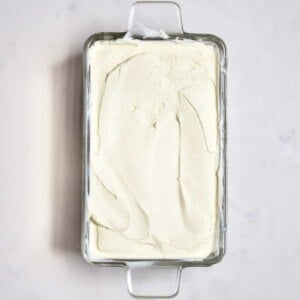
Simple Creamy Homemade Cream Cheese
Equipment
Ingredients
- 8 cups full-fat milk (whole milk) - best raw or pasteurized, but not UHT
- 5 Tbsp lemon juice or 1 large lemon
- 1/2 tsp salt or more to taste
Optional Flavoring Add-ons
- pinch of dried herbs garlic powder, dried chillies, etc
Instructions
- Begin by pouring the milk in a saucepan. Heat the milk and bring it to boil over medium-high heat.
- As soon as it boils, add the lemon juice and then turn off the heat.
- Set aside for a few minutes while the milk curdles. You'll notice curds forming and a yellow-ish liquid being left behind.
- Within a few minutes, all of your curds should have formed. Pour the curdled milk through a cheesecloth and a sieve to strain all the liquid whey. Alternatively, you can use a slotted spoon to scoop out all the curdles, while leaving the liquid whey* in the pot.
- Rinse the curds with cold water. This will help to get rid of any extra whey, clinging to the curds.
- Squeeze the curdled milk as much as possible to drain any last drop of the liquid whey.
- Put the strained milk into a food processor/blender and add the salt. Within 1-2 minutes ( this may vary depending on how powerful your machine is) you'll have a light and fluffy cream cheese.
- If you want to add any additional herbs/flavourings then do that now too. Be warned though as certain additional ingredients will affect the shelf-life of the cheese. I like dried herbs and garlic powder as natural flavourings that don't affect the shelf life too much.
Store the cream cheese in an air-tight container in the fridge for up to 7 days. You can freeze cream cheese, but the texture upon thawing is more crumbly and is best used where you're cooking it into something like a dip or sauce.
Video
Notes
- The leftover whey can then be used in a variety of ways. I've talked about this more in my DIY How To Make Paneer At Home post.
- Instead of just whole milk, you could use a 1:1 ration of whole milk and heavy cream or even JUST heavy cream for creamier cheese. However, this will also affect the fat content.
Nutrition
Nutrition information is automatically calculated, so should only be used as an approximation.
Other DIY recipes You May Be Interested In:
If it’s DIY’s you’re looking for, then it’s DIY’s you’ve found. I’ve practically got them coming out of my ears. Here is a list of other dairy-based DIYs you may like though.
- DIY Homemade Ricotta Cheese
- Simple Rainbow Goat Cheese Rolls
- DIY How To Make Paneer At Home
- DIY: Homemade Herb Butter ( Compound butter)
- HOW-TO: DIY HOMEMADE NATURAL YOGURT
Vegan Options:
If you’re dairy-free or vegan (or just curious), then you might like these DIYs instead.


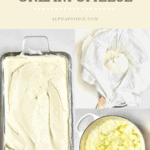
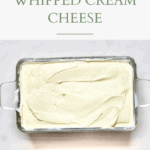
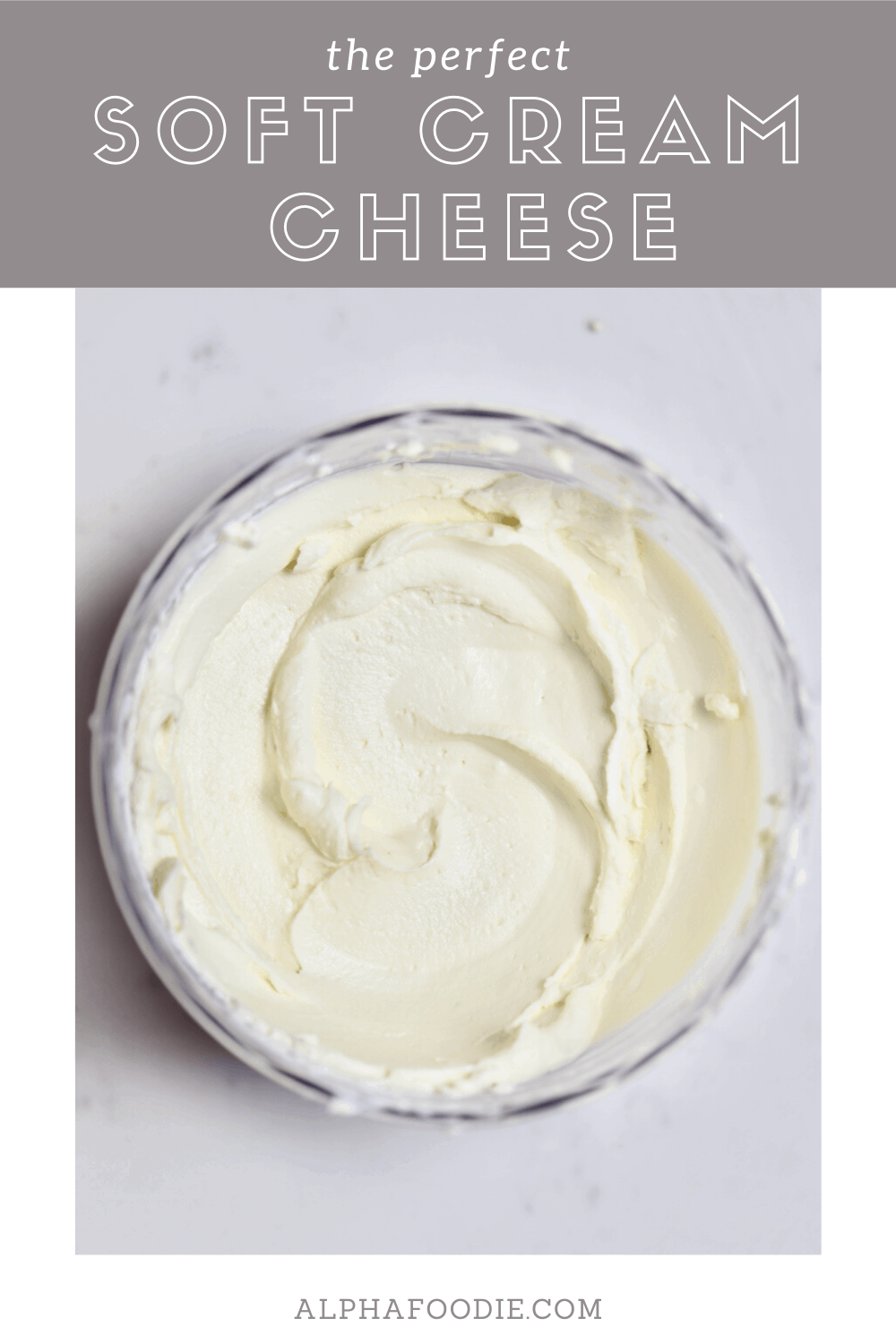
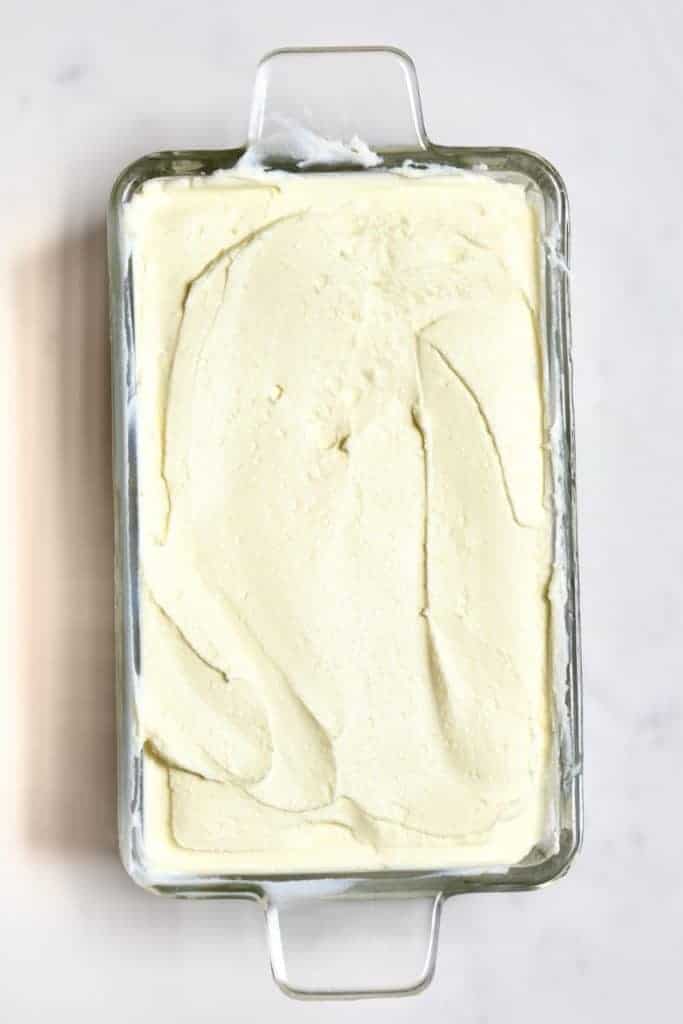
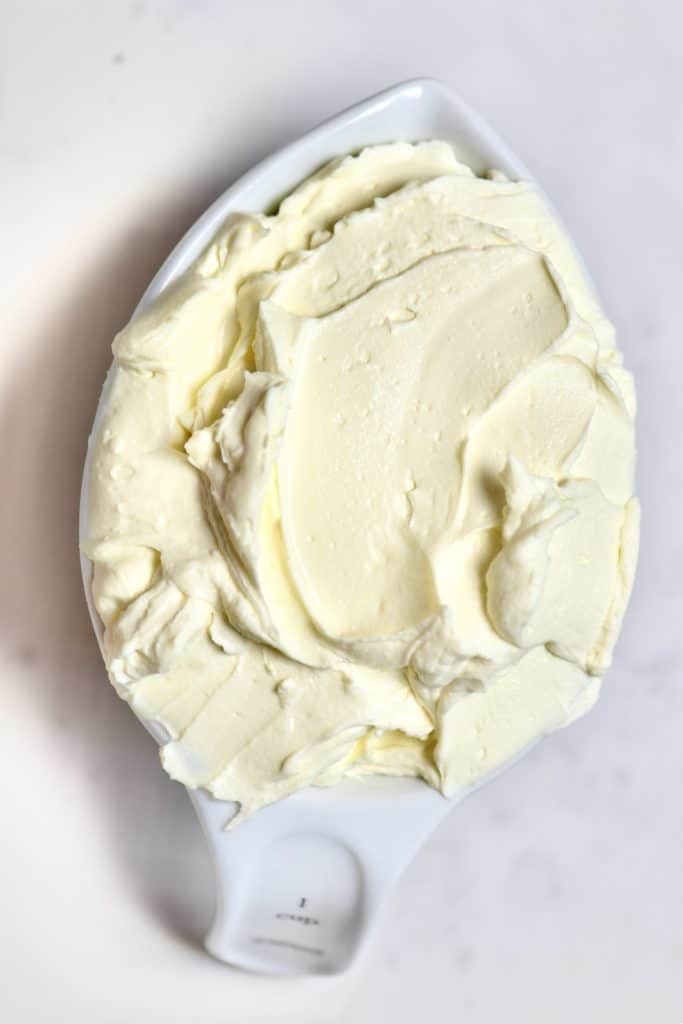
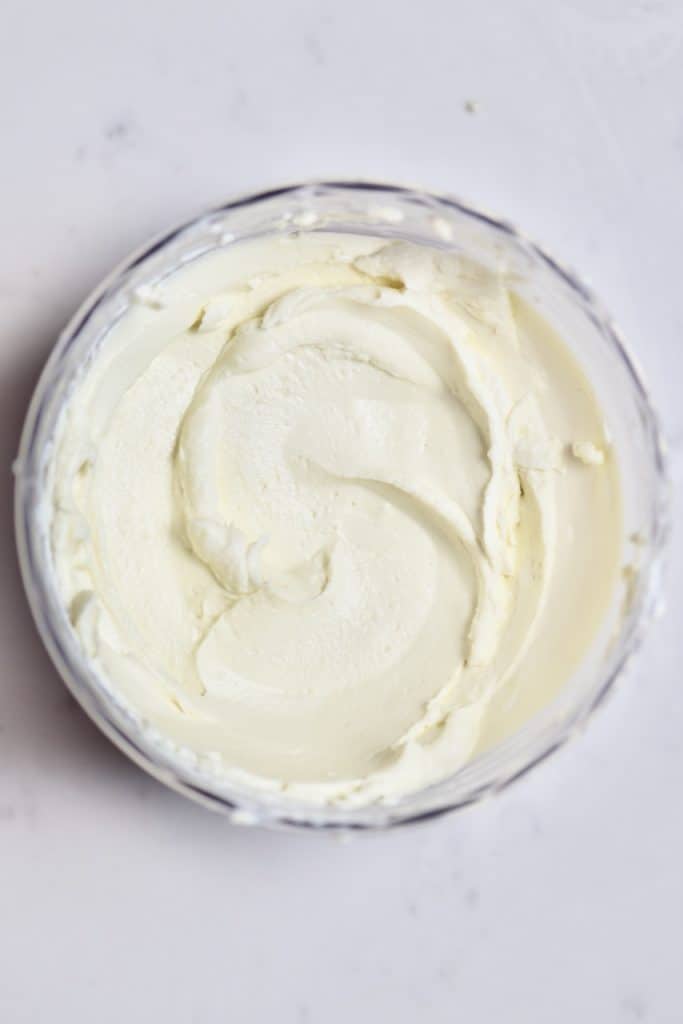
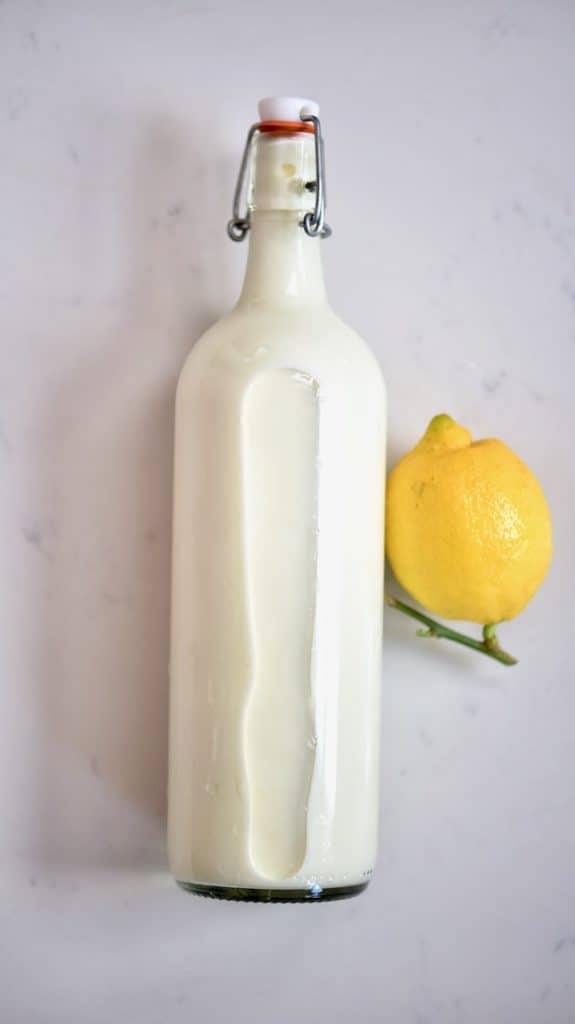
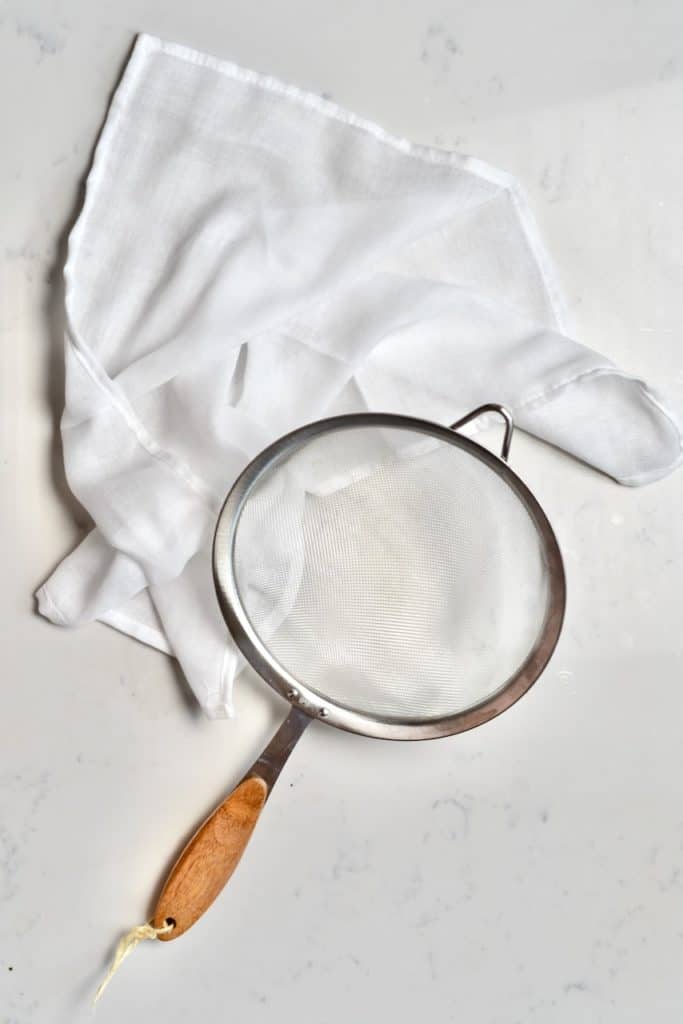
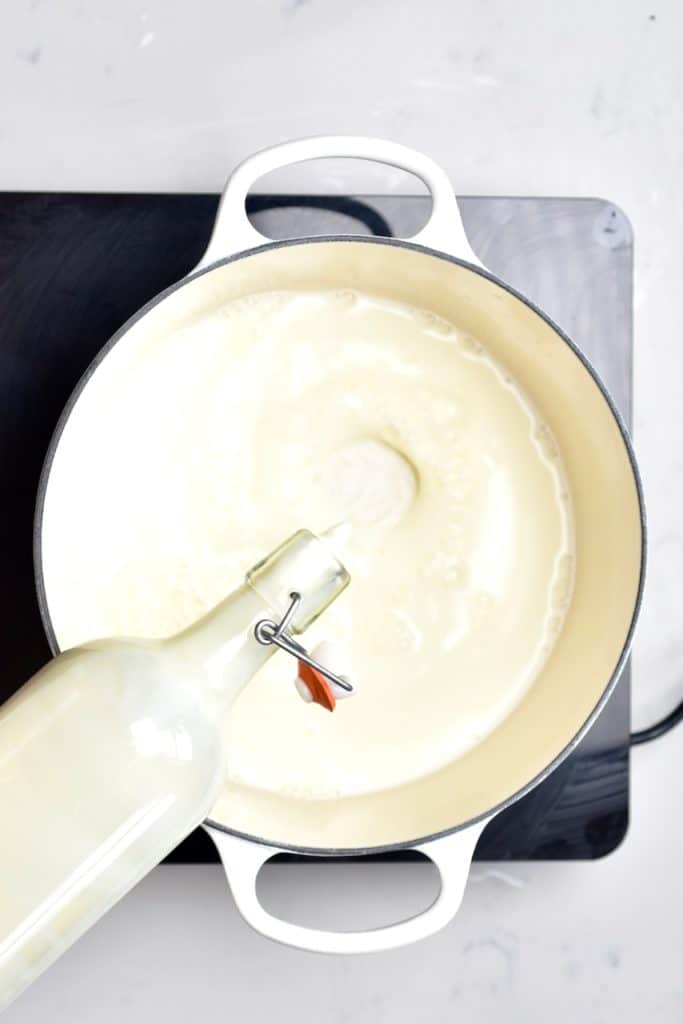
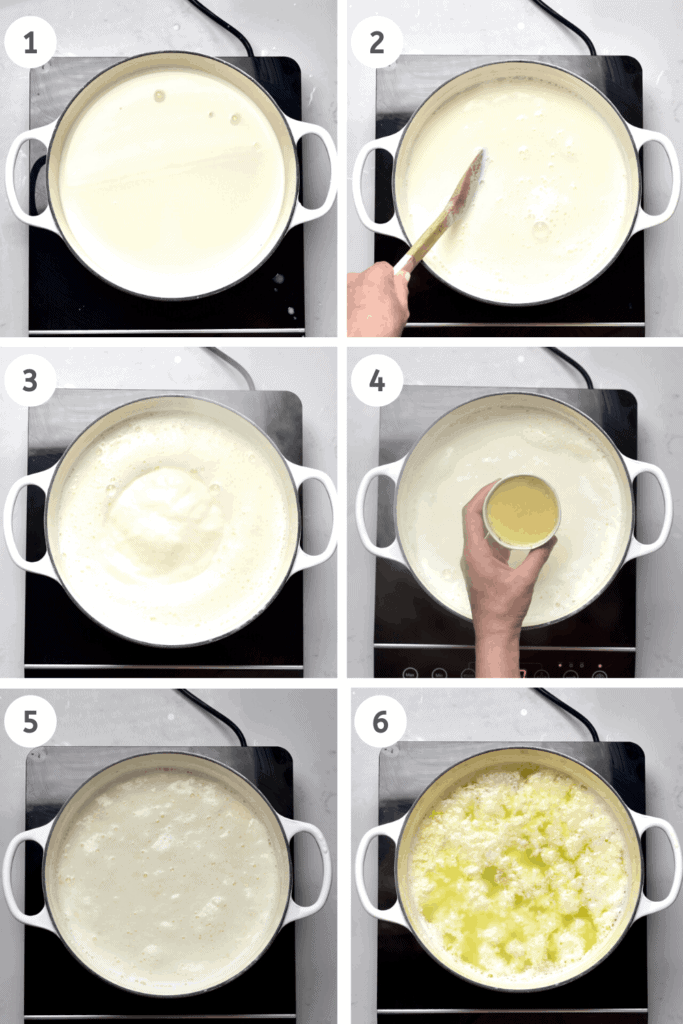
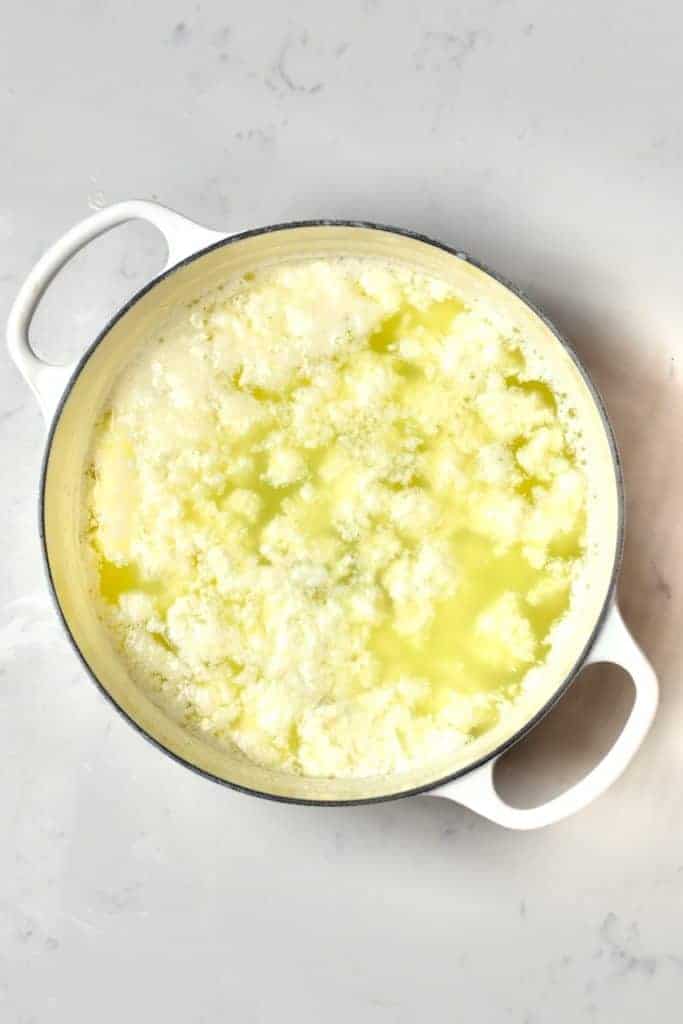
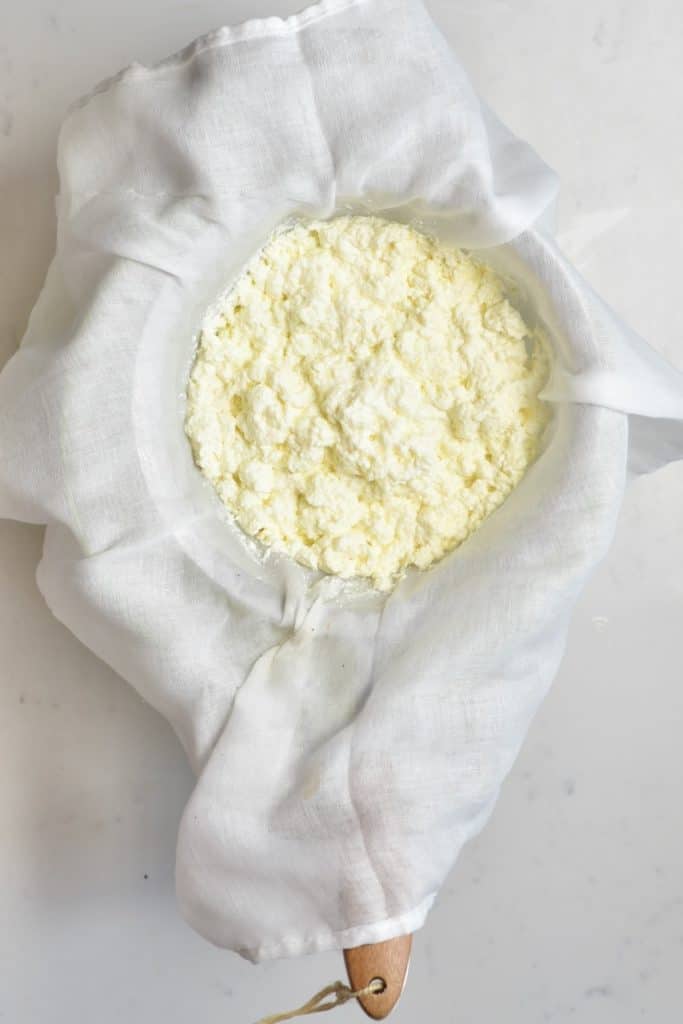
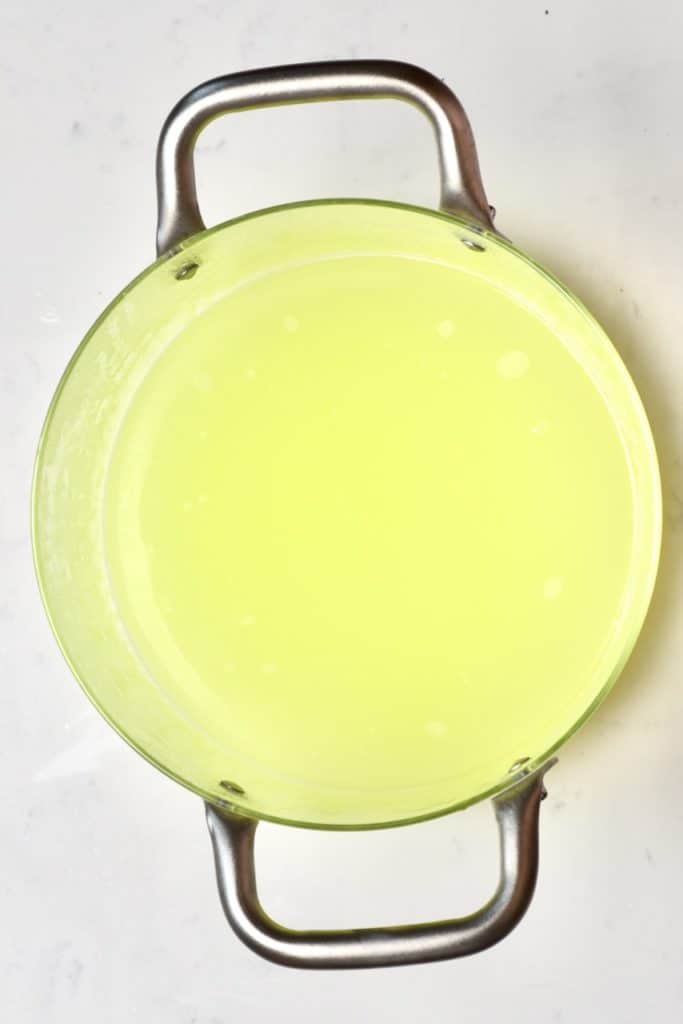
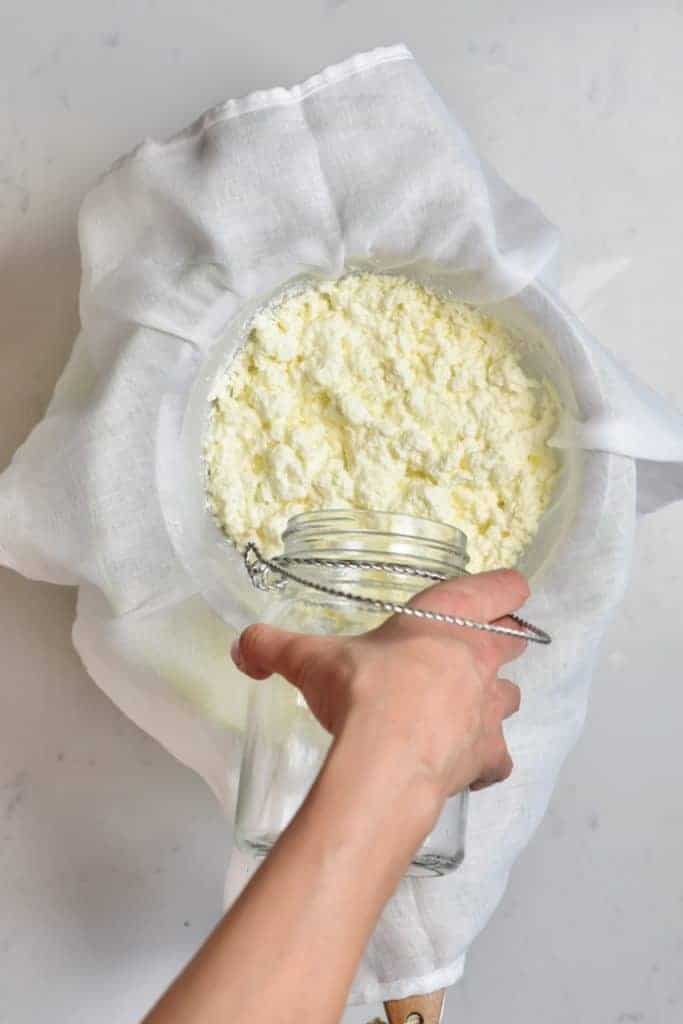
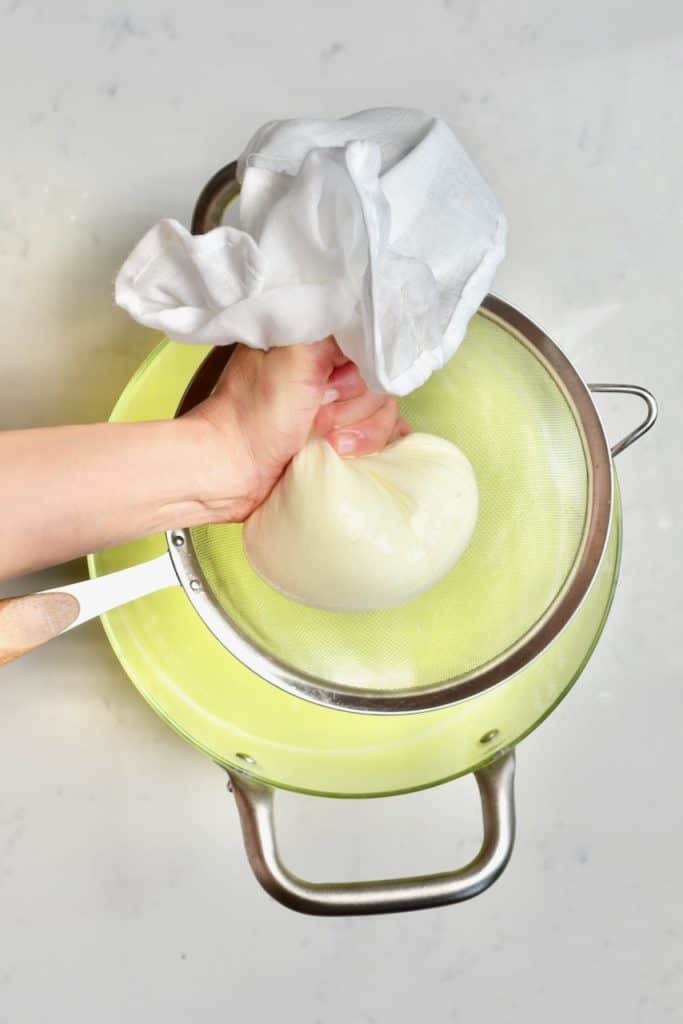
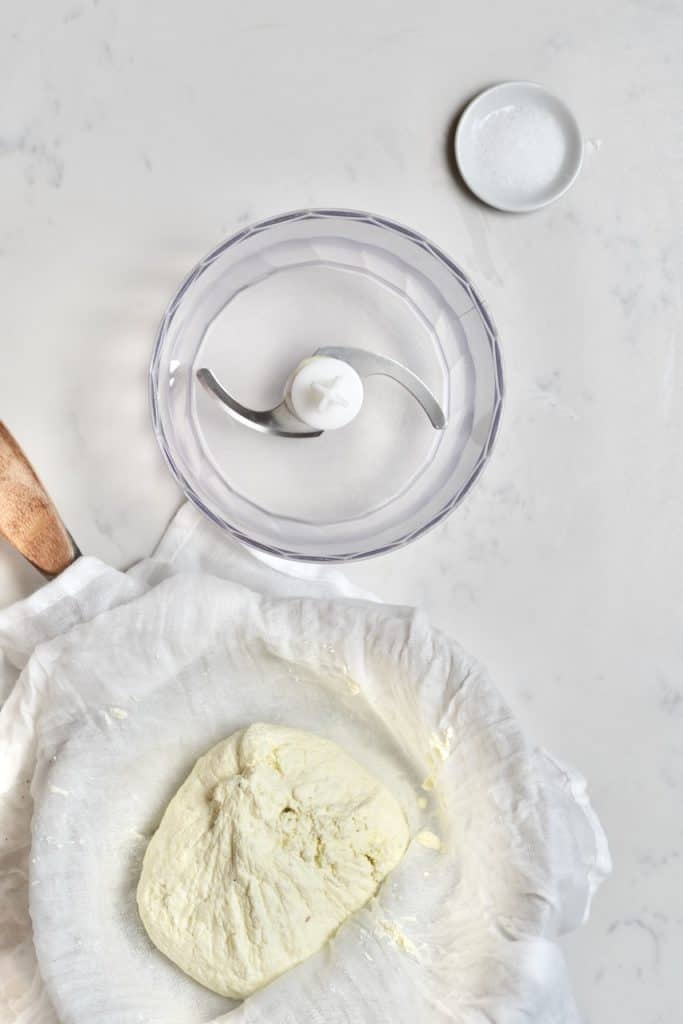
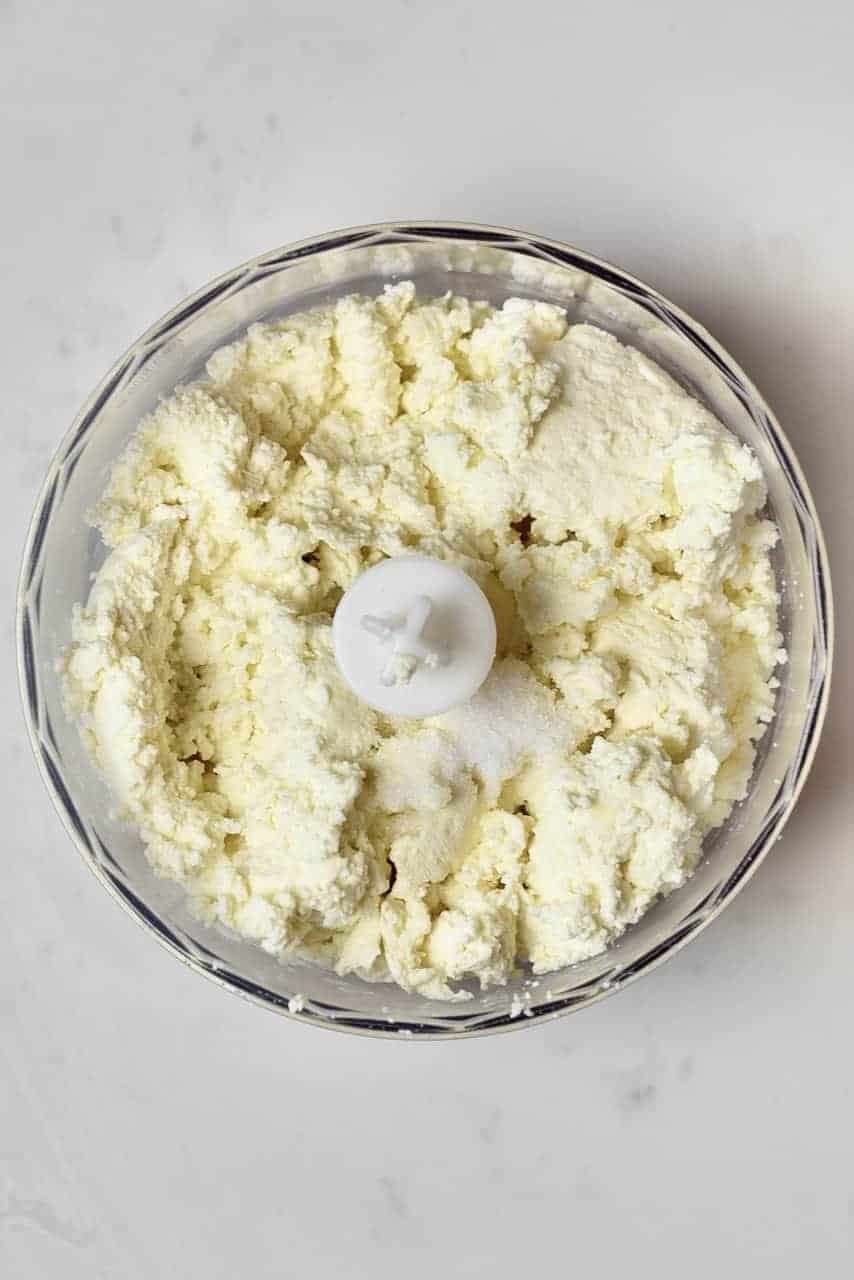
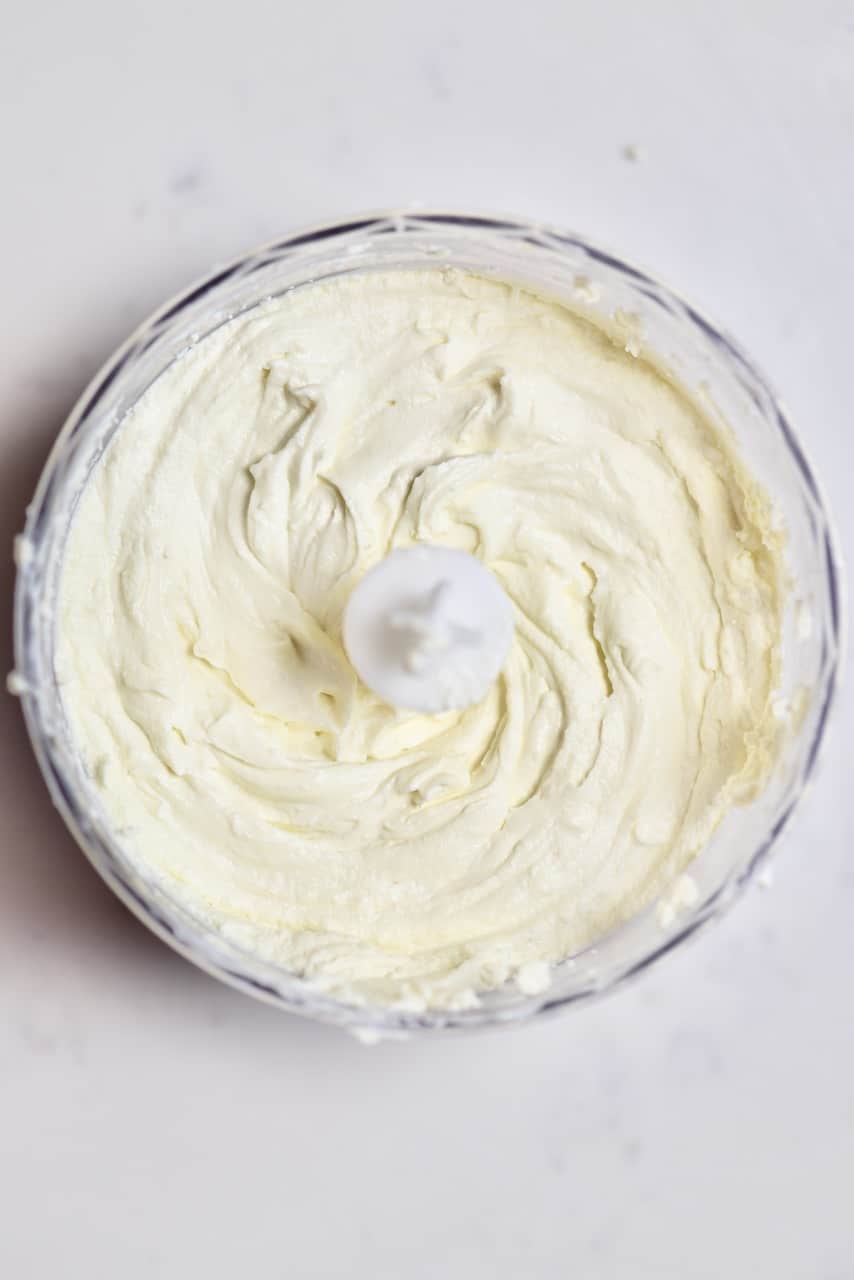
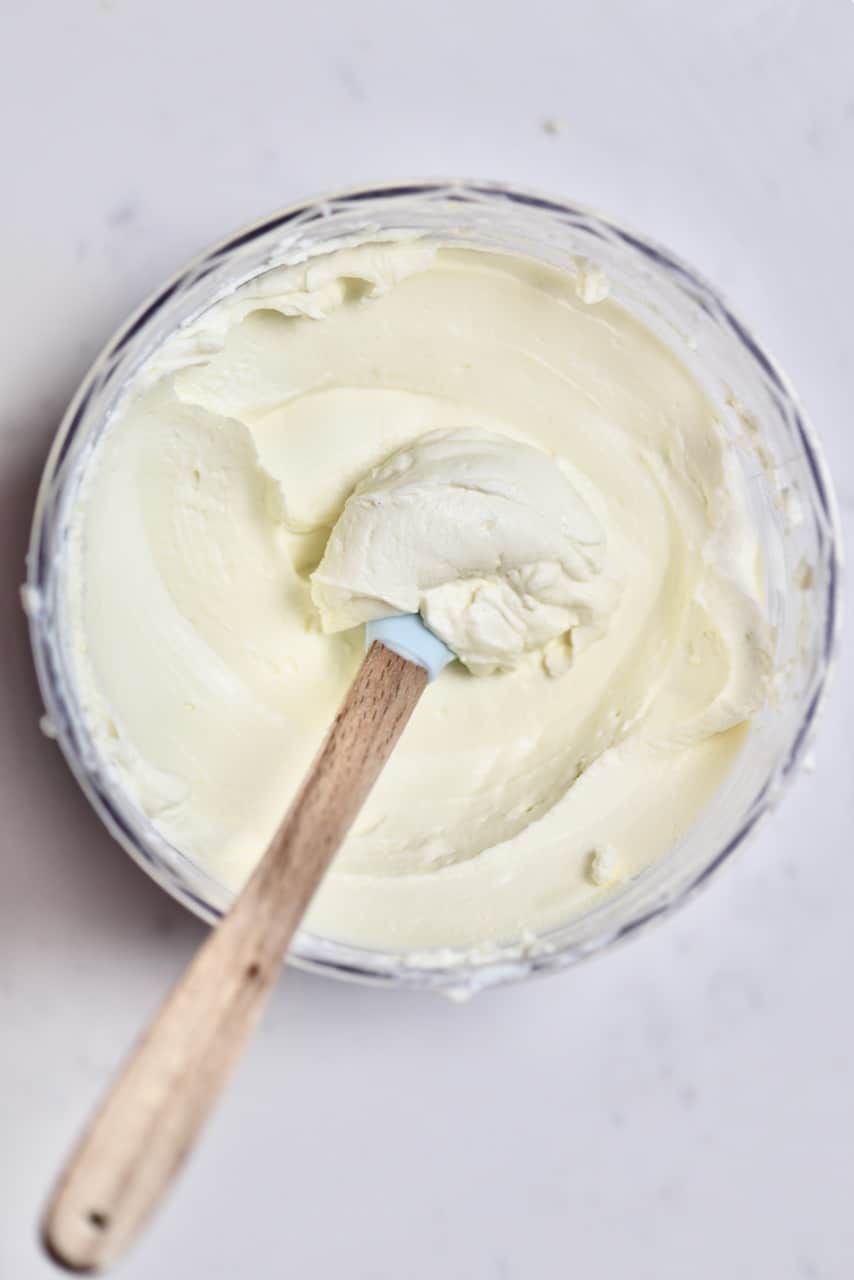
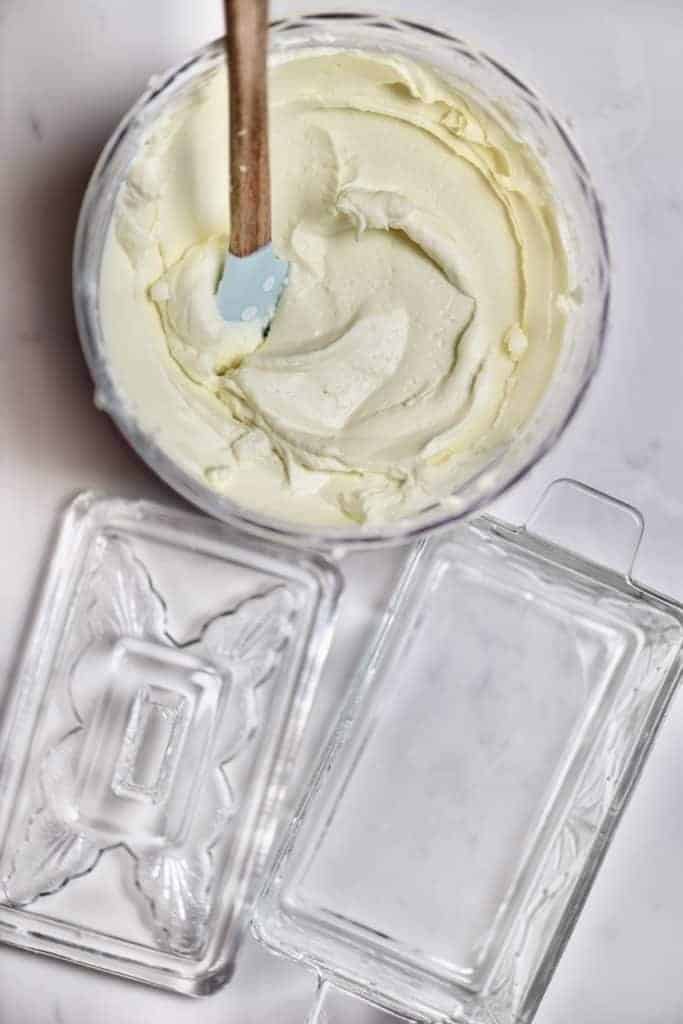
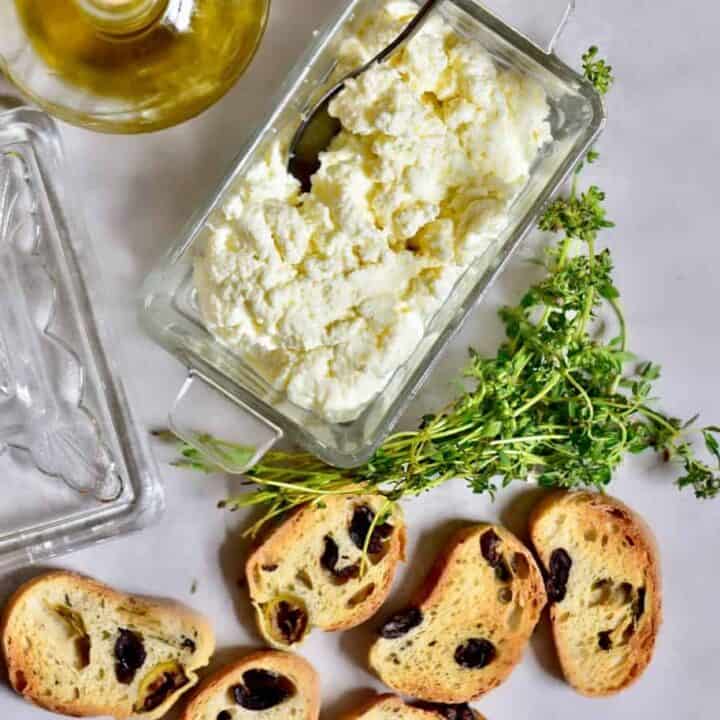

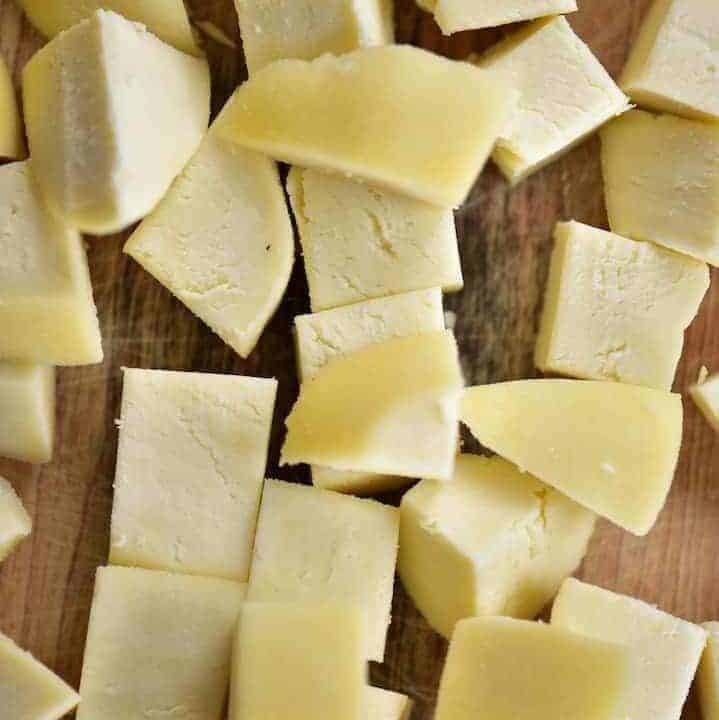
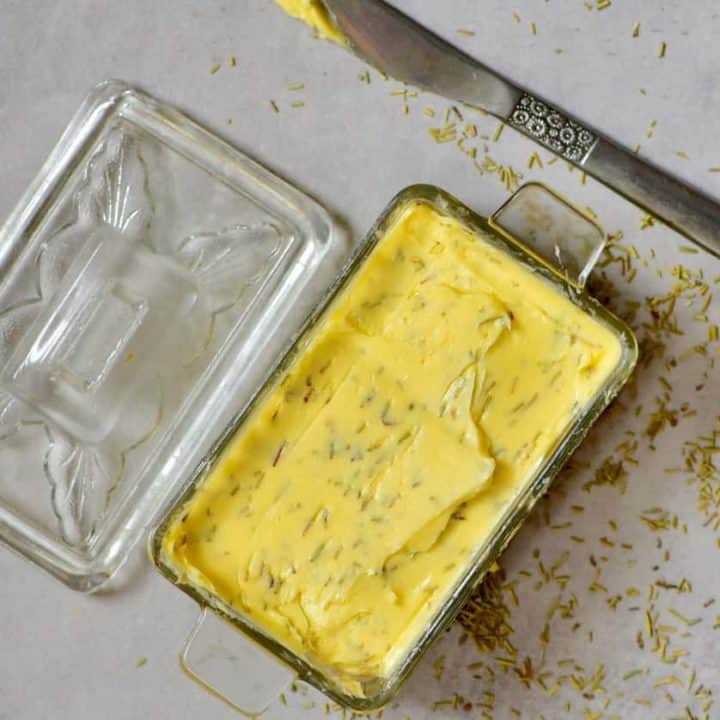
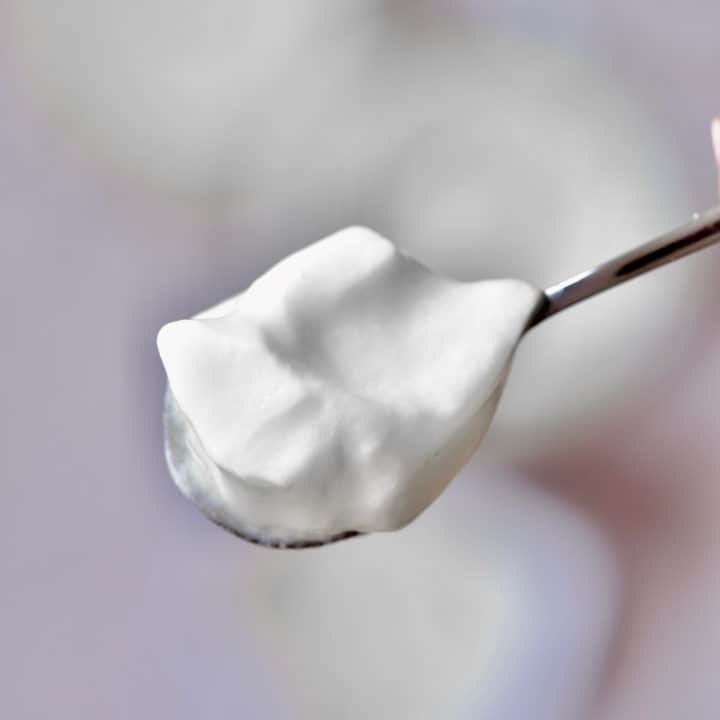
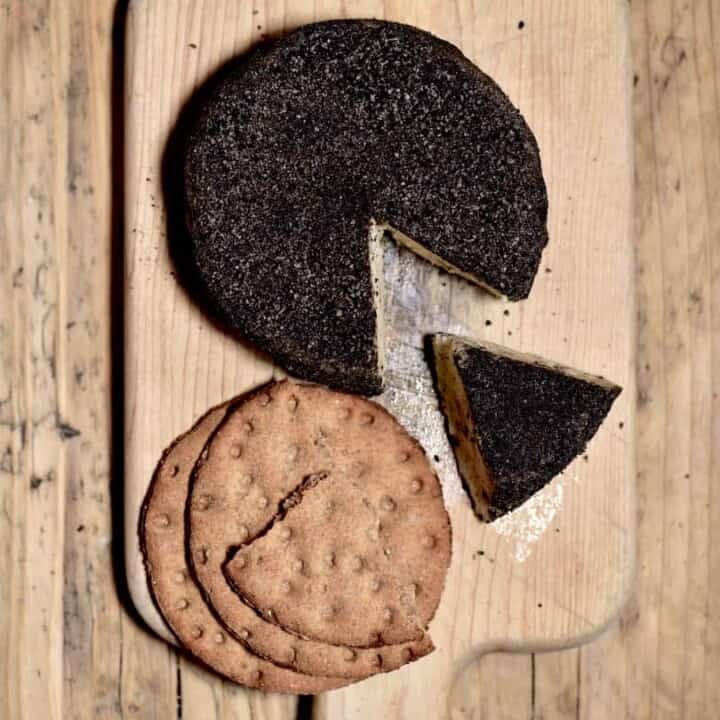

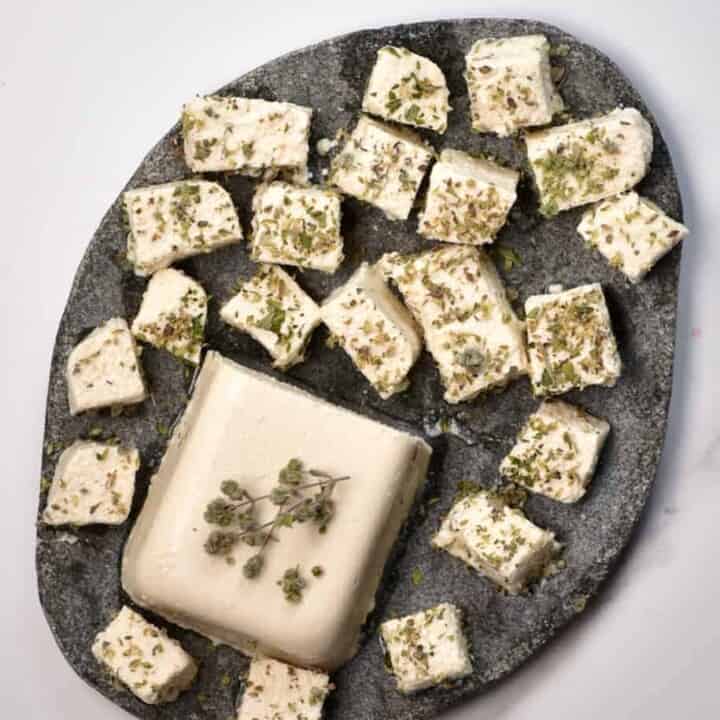
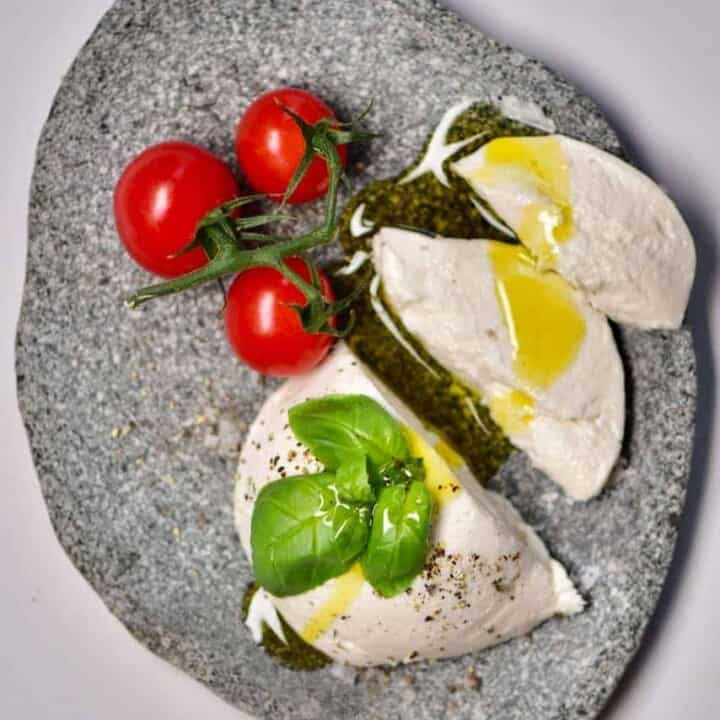
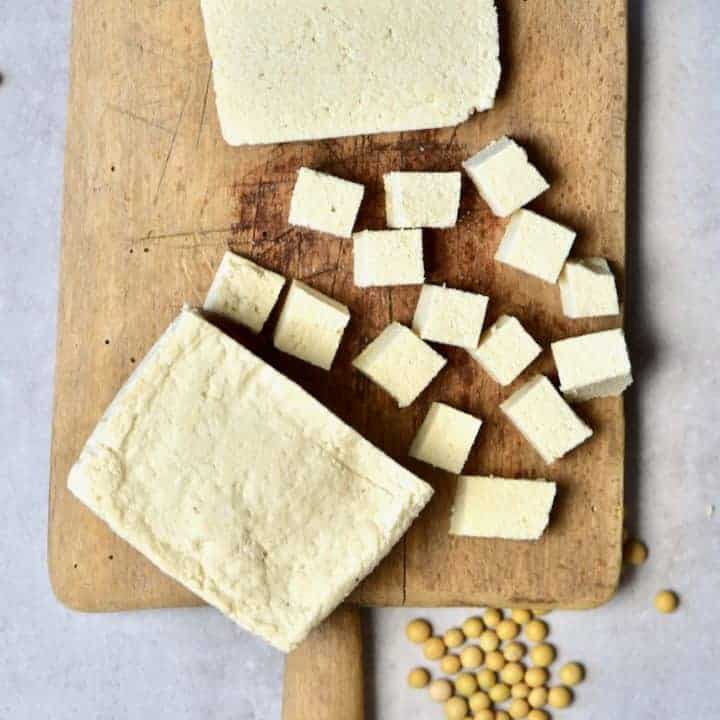









Hi – I attempted to make this with heavy cream and vinegar and it won’t curdle. Any suggestions??
Hi Kristina.
Did you bring it to a simmer, not a boil? Did you also reduce the heat to medium before adding the vinegar?
If I am using pasteurized milk is the 7 day shelf life more of a “best if used by”? Can I eat it after? Is there a way to preserve it longer?
Hi Addison,
You could eat it after if you think it’s still good. If it doesn’t smell or look off, it should be OK. Alternatively, you could freeze it but the texture would change upon thawing.
Hi. I would really like to give this a try as where I live, cream cheese is very expensive. Just wanted to know if I can use this to make cream cheese frosting for red velvet?
Hi Dilshad,
Yes, you can!
if you add some food-grade sodium benzoate (about 1 part in 200) that will enormously extend the shelf life without spoiling the taste – it costs about twopence ha’penny, and you can easily get it off Amazon or ebay
Thanks for the tip, Terry. I will have to do some more research myself and then give it a try too!
Can I use coconut or macadamia milk instead I am allergic to cows milk
Hi Lily,
It won’t work the same. I will have to experiment with these before I can suggest a recipe. In the meantime, if you want give this almond ricotta a try https://www.alphafoodie.com/vegan-ricotta-cheese-almond-ricotta/
Hello! I was wondering if goat’s milk can be used instead of cow’s?
Thanks
Can we use this cream cheese for cheesecakes ? How many grams cream cheese you get with 2 litre milk?
Hi Neha,
2 liters of milk will yield about 180 g of cream cheese. You can use this homemade cream cheese to make cheesecakes.
That was my question. Thanks for asking so i already have my answer!!!
I hope you enjoy making this recipe, Valerie!
Can I use lactose free or plant based milk .if I can I am definitely using this recipe
Hi Nikki,
You should be able to use lactose-free milk for the recipe. I hope you give it a try. Let me know how it goes!
Hi can I used boxed milk for this?
I’ve never tried but I would imagine that it should work.
If it’s uht milk it won’t work well.
Thank you for your comment, Gul. Indeed, UHT milk does not work as well as regular pasteurized milk.
I love this recipe but I always get loads of liquid left over and not much cheese am I doing something wrong?
Hi Samantha,
Are you following the steps exactly – first simmering the milk, then lowering the temperature before adding the vinegar/lemon juice? Are you straining it with a fine mesh?
In any case, you can use the leftover liquid to add to soups and stews (instead of some of the water or stock), you could also add it to smoothies or shakes as a protein boost. You can also substitute some of the water or milk in baking recipes. I hope this helps!
What can you do with the whey?
Hi,
You can add it to soups and stews (instead of some of the water or stock), you could also add it to smoothies or shakes as a protein boost. You can also substitute some of the water or milk in baking recipes. I hope this helps!
Love it. I wonder just a little detail: I miss the sour/tart aspect of the philly, any suggestion?
Hi Mylene,
You could try using vinegar for a sharper sour flavor.
Hey, tried to make it, sounds just perfect. But my milk mix, 1st try 1:1 milk and cream 2nd try only milk. Neither worked and did not clot. What do I wrong?
Oh and I use fresh milk… Like not store bought, straight from the cow..
Hi Linus,
Fresh milk should be OK. Please make sure to only simmer (not boil) the milk. Also, did you lower the heat before adding vinegar/lemon juice?
This recipe is my go to cream cheese recipe, and I wanted to give kudos to you Samira for such an easy, yummy way to make home made cream cheese! We have the luxery of obtaining milk daily from a milk cow and we are always looking for ways to use the products. The only issue I have found, and maybe you have a suggestion to counteract this issue, is that everytime I try to bring my milk/cream to a boil, it wants to scorch on the bottom of the pan and I am using a non stick pan. I end up with specks of brown that need to be picked out before I can finish the project. Other than that, it turns out so creamy and yummy! Thanks again for posting this recipe!!!
Thank you so much for your comment, Jo.
Maybe the temperature is too high and the milk starts burning at the bottom of the pan? I recommend heating it up at a lower temperature. I hope this helps.
Does the cheese solidify after it cools down?
Hi Adriana,
What do you mean by solidify? It should become spreadable.
Pour a little water in the pan and swirl it around before pouring in the milk. And heat on a slow burner
Great tips. Thank you for sharing, Shital!
Excellent recipe!!! I made it and use if for my cinnamon frosting. We will use it over and over again. Thanks for sharing.
So glad you like it, Liliana! 🙂
I always use a double boiler. Works wonderfully!
Thanks for the tip, Sadie.
I JUST read not to use non stick but to use a stainless steel pot to keep milk from scorching 🙂
Hi Brooke,
Thank you for the tip! 🙂
Great recipe! Very tasty. I made this using fresh goats milk. I Use my instapot to boil using the yogurt setting, this is how I make cheese normally anyways. Only problem I ran into is upon refrigeration it became completely solid. I may have squeezed out too much moisture? I used a tofu press to get all the liquid out after rinsing it. I was able to warm some in the microwave for 20 seconds and it became creamy again. Perhaps the fat content of the goat milk made it solidify (Nigerian dwarf has 10% fat content) I’m going to try again adding some cream to see if it helps keep it creamy and spreadable.
Thanks for your feedback, Ameerah. So sorry to hear it didn’t come out as you would have liked it to, let me know how it goes next time. Maybe indeed you squeeze out too much moisture.
Hello, after reading this amazing article i am as well happy to share my familiarity here with mates!
Hi all, how many grams will this mixture make approximately please?
Hi Emma,
The recipe yields 1 cup cream cheese, which would be around 200 grams. I hope this helps.
Hi, thanks for the recipe. I was wondering if one may use this cream cheese to make cheese cake similar to Philly cream cheese cheese cake, or should it be higher fat.?
Hi Adrian,
You could use this cream cheese recipe to make a cheesecake. If wanted, you could use half whole milk and half heavy cream OR completely use whole cream for soft cheese that is richer/creamier (with a higher fat content). I hope this helps.